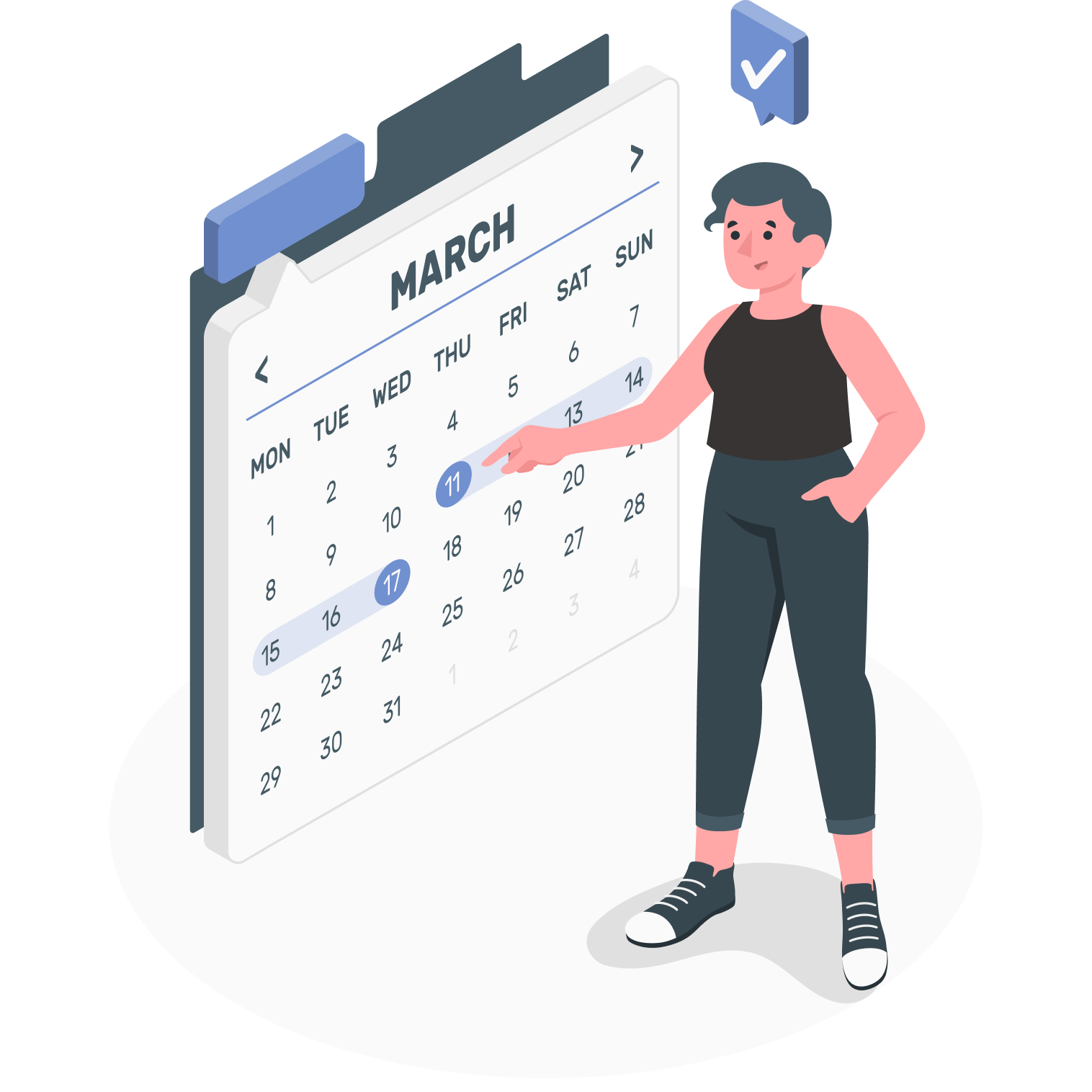A stroke occurs when blood supply to the brain is cut off or when a blood vessel bursts. Stroke kills more than 130,000 Americans each year—that’s 1 out of every 20 deaths. Someone in the United States has a stroke every 40 seconds. A stroke can cause lasting brain damage, long-term disability, or even death.
If you think that you or someone else is having a stroke, call 911 immediately. All the major symptoms of stroke appear suddenly, and often there is more than one symptom at the same time. With timely treatment, the risk of death and disability from stroke can be lowered. By knowing the signs and symptoms of stroke, you can be prepared to take quick action and perhaps save a life—maybe even your own.
Signs of a stroke
Take a few minutes to learn the five major signs and symptoms of a stroke include sudden:
- Numbness or weakness of the face, arms, or legs
- Confusion or trouble speaking or understanding others
- Trouble seeing in one or both eyes
- Trouble walking, dizziness, or loss of balance or coordination
- Severe headache with no known cause
If you think someone may be having signs of a stroke, act F.A.S.T and do the following simple test:
F—Face: Ask the person to smile. Does one side of the face droop?
A—Arms: Ask the person to raise both arms. Does one arm drift downward?
S—Speech: Ask the person to repeat a simple phrase. Is their speech slurred or strange?
T—Time: If you observe any of these signs, call 9-1-1 immediately.
Note the time when these signs of a stroke first appear. Some treatments for stroke only work if given in the first 3 hours after symptoms appear. Do not drive to the hospital or let someone else drive you. Call an ambulance so that medical personnel can begin life-saving treatment on the way to the emergency room.
Source: CDC










